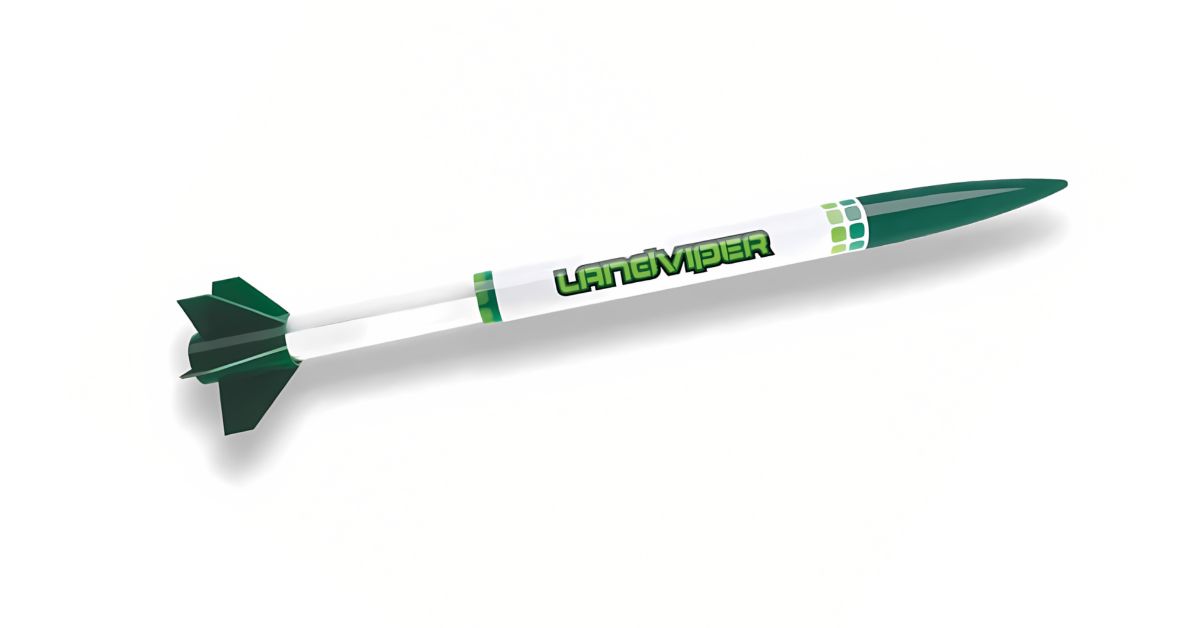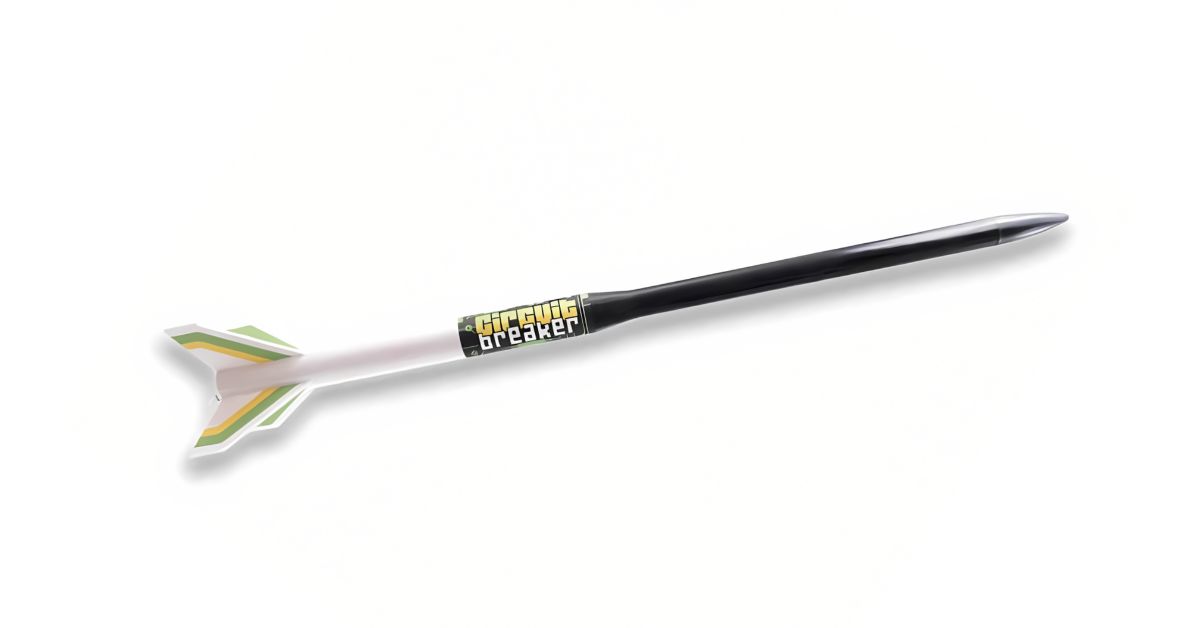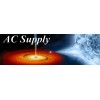Model rocket engines come with a remarkable feature that can make or break a flight’s success: the time delay. Although often overlooked, time delays have a significant impact on everything from your rocket’s safety to its overall performance.
By mastering this system, you’ll gain better control over model rocket launches. Continue reading to gain a deeper understanding of model rocket engine time delay.
Time Delays Control Recovery Timing
Time delays act as an internal timer by syncing the rocket’s recovery system with its flight path. Learning about this mechanism is the best way to avoid issues, including early parachute deployment and risky, late recoveries.
The Countdown to Recovery
After the engine burns, its main propellant and the rocket propels to its peak altitude (apogee) and the engine’s time delay ignites. During this phase, the delay burns slowly, creating a controlled pause.
Before the ejection charge fires and deploys the recovery system, this pause allows the rocket to continue coasting. Without this step, the recovery system might activate too early, possibly damaging the parachute or streamer and leading to instability.
Internal Flight Computer
The time delay acts almost like a flight computer programmed for precision. It triggers each stage of the rocket’s flight, ensuring the entire process runs smoothly. If the time delay is too short, the recovery system can deploy mid-flight and cause damage.
If it’s too long, on the other hand, the rocket might tumble back to Earth before the parachute can fully open. To guarantee predictable and safe flights, striking the right balance is key.

Common Time Delay Durations
Preset time delays in engines are designed to suit a variety of rockets and flight profiles. Knowing these durations is essential for customizing your rocket for optimal performance.
Ranges From 0 to 14 Seconds
The most common delay durations available range from 0 to 14 seconds. Model rocket motors with shorter delays (think three to four seconds) are ideal for rockets that don’t reach high altitudes. For instance, if you’re using a smaller rocket or one with a heavier design, a short delay helps guarantee timely deployment of the recovery system.
Alternatively, longer delays (six to 10 seconds or more) accommodate rockets that achieve significant altitude. A lightweight rocket with a powerful engine will require such an extended delay to allow enough time to coast to apogee.
Zero-Delay and Plugged Engines
Engines labeled with 0 delays immediately fire the ejection charge post-burnout. These are typically used in multistage rockets where rapid ignition of the next stage is necessary.
However, some engines have a plugged (P) designation, meaning they lack any ejection charge or delay system. These engines are commonly paired with custom recovery setups like electronic timers.
How To Read Engine Codes
To gain confidence, many rocket enthusiasts practice decoding engine specifications. Engine markings reveal time delays, but they also display the engine’s thrust and intended purpose.
Example of Engine Codes
Use the engine code C6-5 as an example. The first part, C, refers to the engine’s total impulse, or power level. The number 6 represents the average thrust in newtons, while the number 5 is the time delay in seconds. Similarly, a C6-3 engine operates with a three-second time delay instead.
Some engines feature a 0 or P in place of the time delay digit. These codes quickly alert you if the engine is ready for staging or lacks recoverability features.
Why It Matters
This simple alphanumeric system is your guide to finding the perfect engine for your rocket. Over time, you’ll be able to glance at these codes and know exactly what kind of performance you can expect.

Factors Influencing Delay Selection
To choose the right time delay, you must evaluate your rocket’s unique design and launch conditions. A one-size-fits-all approach doesn’t apply here!
Rocket Design and Weight
Typically, heavier rockets fly lower and don’t require long coasting times. Shorter delays of three to four seconds ensure the recovery system deploys promptly after reaching apogee.
Conversely, lighter rockets or models powered by strong engines often require delays of eight to 10 seconds to allow sufficient coasting time before deployment.
Drag and Recovery System Type
Drag or air resistance also influences delay needs. For example, rockets with large fins or wide body tubes decelerate quickly due to higher drag. This means shorter delays can suit them. Streamlined rockets, built for reduced drag, coast higher and call for extended time delays.
Additionally, the type of recovery system plays a role. Parachute recovery systems, which slow descent dramatically, require precise timing to deploy at apogee or soon after. Streamers offer less resistance, so they’re better suited for quicker retrieval and tolerate varying deployment times.
Why Time Delays Are Reliable
Rocket engine time delays are carefully engineered to perform consistently, no matter the conditions.
Precision Through Design
The delay element is a special, slow-burning composition that precisely controls timing. It’s unaffected by hot and cold temperatures, keeping the delay consistent across different environmental conditions. This ensures that the four-second delay is consistent, whether you’re launching in blazing summer heat or during cooler autumn temperatures.
Built for Safe Performance
Behind the scenes, manufacturers perform extensive quality testing. The controlled burn of the delay composition minimizes thrust, allowing the rocket to coast naturally while maintaining stability.
Environment and Launch Conditions Matter
Keep in mind that external conditions, like weather or altitude, can influence the effectiveness of your delay selection.
Altitude and Engine Thrust
Rockets designed to fly higher need appropriately extended time delays. For example, engines like D, E, or F class produce higher thrust and longer coast phases, so they typically require delays between six and 10 seconds. Engines in the A or B range are better suited for lower altitudes, which align with shorter delays.
Adapting to Windy Weather
Windy conditions can shift a rocket’s trajectory, affecting coasting duration. To make more educated launch-day decisions, you might find it helpful to test different delays under varying wind speeds.
Mastering Time Delay Selection
By understanding how time delays work, you’re well on your way to launching with skill and precision. Use the following strategies to refine your approach.
Start With Manufacturer Recommendations
Every rocket kit includes suggested engines and delays, so use these time frames as the baseline for initial flights.
Experiment and Learn
Conduct test flights with varying delays, keeping a flight log to track performance, outcomes, and what works best for each rocket. This experimentation helps you fine-tune setups.
Focus on Safety and Performance
Avoid delays that are too short, as this risks early deployment of the recovery system. Likewise, steer clear of excessive delays that can lead to uncontrolled descents.
With time and practice, selecting a delay will feel second nature. Now that you understand the basics of model rocket time delay, you’re ready to develop the expertise needed to ensure every launch results in a safe, successful recovery. Are you ready to start your model rocket journey? Head over to Midwest Model supply to stock up on the essentials!


